Aenomaly Switchgrade 2.0 Evo Seat Angle Adjuster
Stated Weight: 158 g
Blister’s Measured Weight:
- 158 g (base unit) + 24 g (mounting hardware)
- 109 g net weight gain on OneUp V2 post / 116 g net gain on OneUp V3 post
MSRP: $185 USD
Bolted to: Geometron G1 & We Are One Arrival
Reviewer: 6’, 160 lbs / 183 cm, 72.6 kg
Test Locations: Washington
Test Duration: 4 months
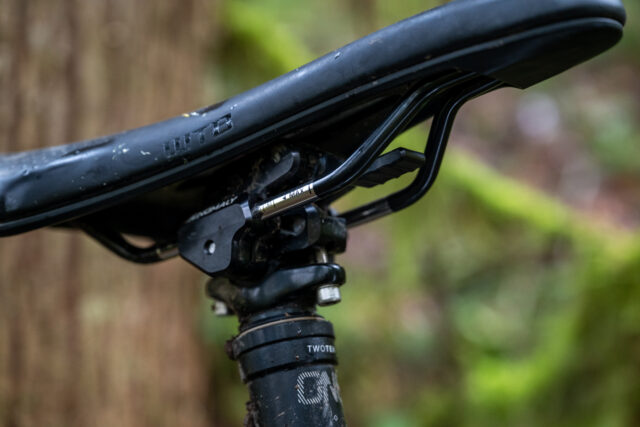
Intro
In an era when a lot of mountain bike technology is getting tweaked and refined, rather than massively overhauled, the original Aenomaly Switchgrade stood out as a truly novel, clever idea. It wasn’t the first attempt at making the seat angle adjustable on the fly — the Specialized Command Post WU dropper tied the seat angle to the seat height, raising the nose of the saddle as the post was lowered. It was a cool idea with a less-than-stellar implementation, and was shelved fairly quickly.
Then, a few years ago, Aenomaly launched the Switchgrade, which solved a lot of the problems with the Command Post WU. The Switchgrade could be added to a wide array of third-party seatposts rather than requiring a dedicated design; that, in turn, meant that it could be used on a post with a whole lot more drop than the WU’s quaint-sounding 115 mm, and it wasn’t limited to a 34.9 mm diameter. The Switchgrade was also vastly more reliable, added a third nose-down position for climbing, and could be toggled independently of the seat height.
I liked the Switchgrade a lot when I reviewed the original one a few years ago, so I was intrigued when Aenomaly announced an updated version — the Switchgrade 2.0 Evo. Having spent a lot of time on the new version, it’s not that different from the already-good original, but has also been improved in a few notable ways. Let’s check it out.
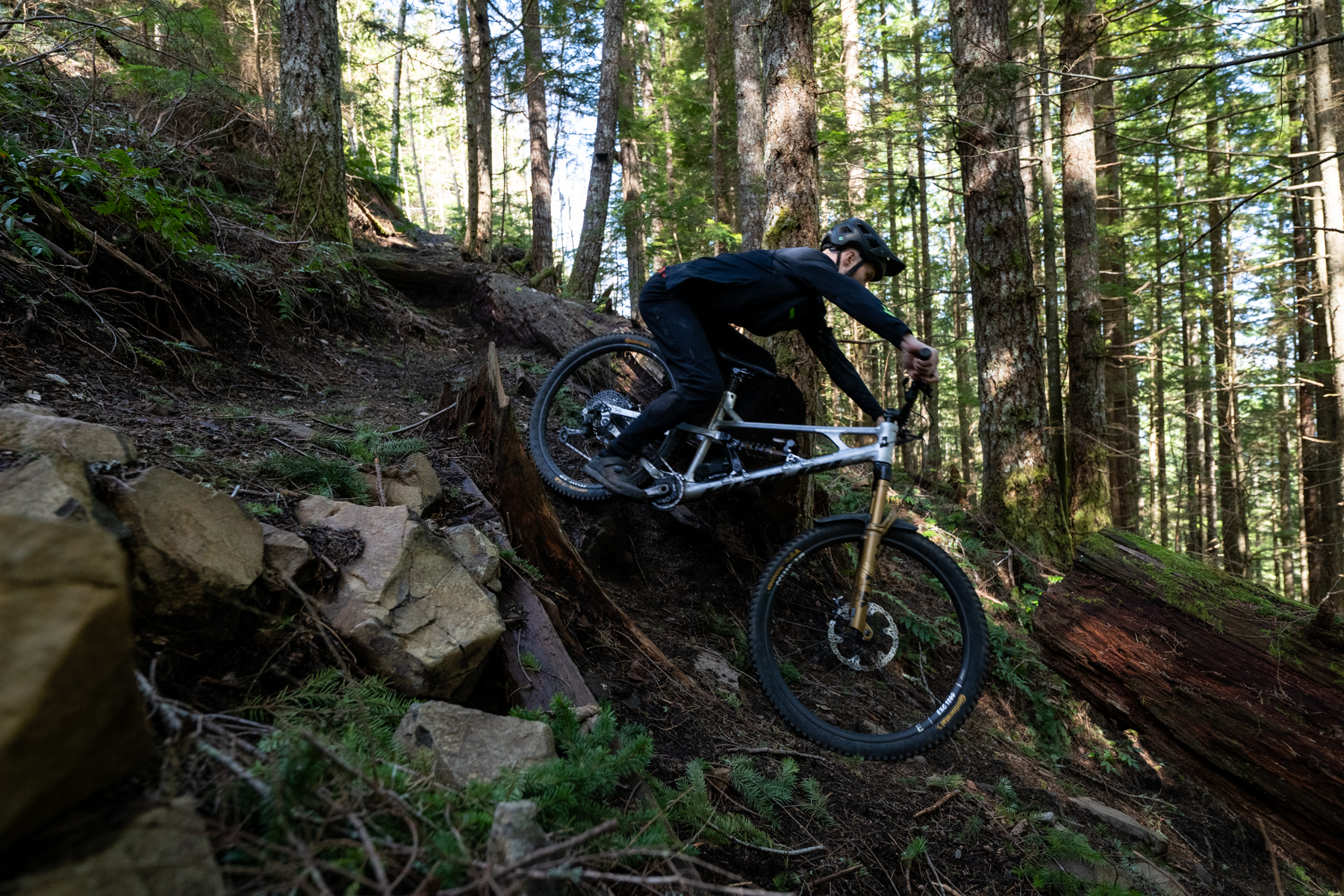
Design
The core concept and design of the Switchgrade 2.0 Evo are mostly the same as the original Switchgrade; as the “Evo” part of the name suggests, the new one is a refinement of the original concept rather than something altogether different.
In short, the Switchgrade 2.0 Evo replaces the saddle clamp on a seatpost with a lever-actuated unit that lets you toggle between three different seat angles, with a nose-down position meant for steep climbing, a nose-up one for descending, and a flat one in between. You can adjust the angle of the “flat” position to your liking, as you would with any seatpost; the nose down position then dips 10 degrees from there, and the nose up one deviates by 12 degrees. A lever under the seat releases the latch mechanism, allowing you to tip the seat forward and back by grabbing the nose; releasing the lever locks the seat into one of the three positions.
The Switchgrade 2.0 Evo mounts to the top of the seatpost by using the standard seat clamp bolt tabs, and then clamps the seat with a third bolt that runs horizontally through the middle of the unit. The Switchgrade 2.0 Evo adds a bit of stack height to the post; the exact amount varies depending on the post you’re using, but it’s around 10-15 mm.
That’s all the same as the original Switchgrade; the updates to the Evo are in the finer details.
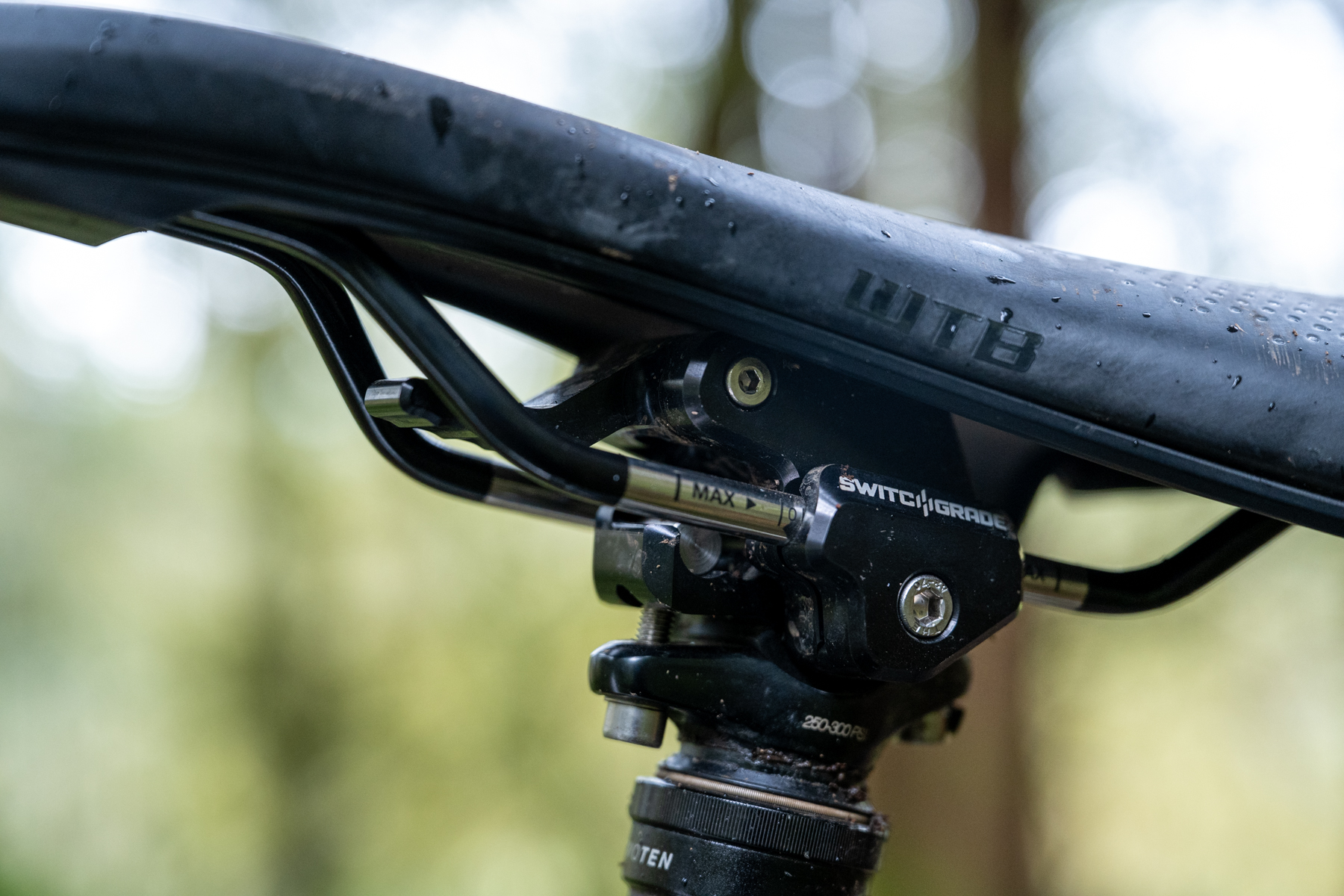
Aenomaly has redesigned the base unit so that it no longer requires different versions for different seatpost models. Instead, they offer five different “Compatibility Packs” with different shims and mounting hardware to work with the vast majority of different two-bolt dropper seatposts (and a few rigid ones). There are a few exceptions (e.g., the Wolf Tooth Resolve uses a novel clamp design that makes the Switchgrade incompatible), but the list of posts that the Switchgrade 2.0 Evo works on is extensive. Check out Aenomaly’s site for the full rundown.
The Switchgrade 2.0 Evo is also a little lighter than the original version, and its design has been simplified such that Aenomaly dropped the price by almost $50, to $185 USD. The Evo version is also compatible with 7 mm round seat rails using the standard seat clamps, or 7×9 mm and 7×10 mm oval ones with a swap of the seat clamp plates (sold separately). The vast majority of seats that fit those rail specs are compatible, though some ultra-low profile seats (e.g., the Selle Italia SLR) don’t have enough clearance between the rails and the bottom of the shell.
The Switchgrade 2.0 Evo also adds the ability to block off the forward nose-down position by installing a bolt as a hard stop. The bolt has a separate storage spot inside the Switchgrade if you’re using the three-position mode; to swap between the two options, you just need to remove the seat clamp plates and move the bolt from the storage position to the active one, or vice versa.
Of course, you also don’t need to set up the “flat” position to be truly flat. For example, if you want to run the Switchgrade 2.0 Evo in its two-position mode, you could configure it to be slightly nose down in one and slightly nose up in the other.
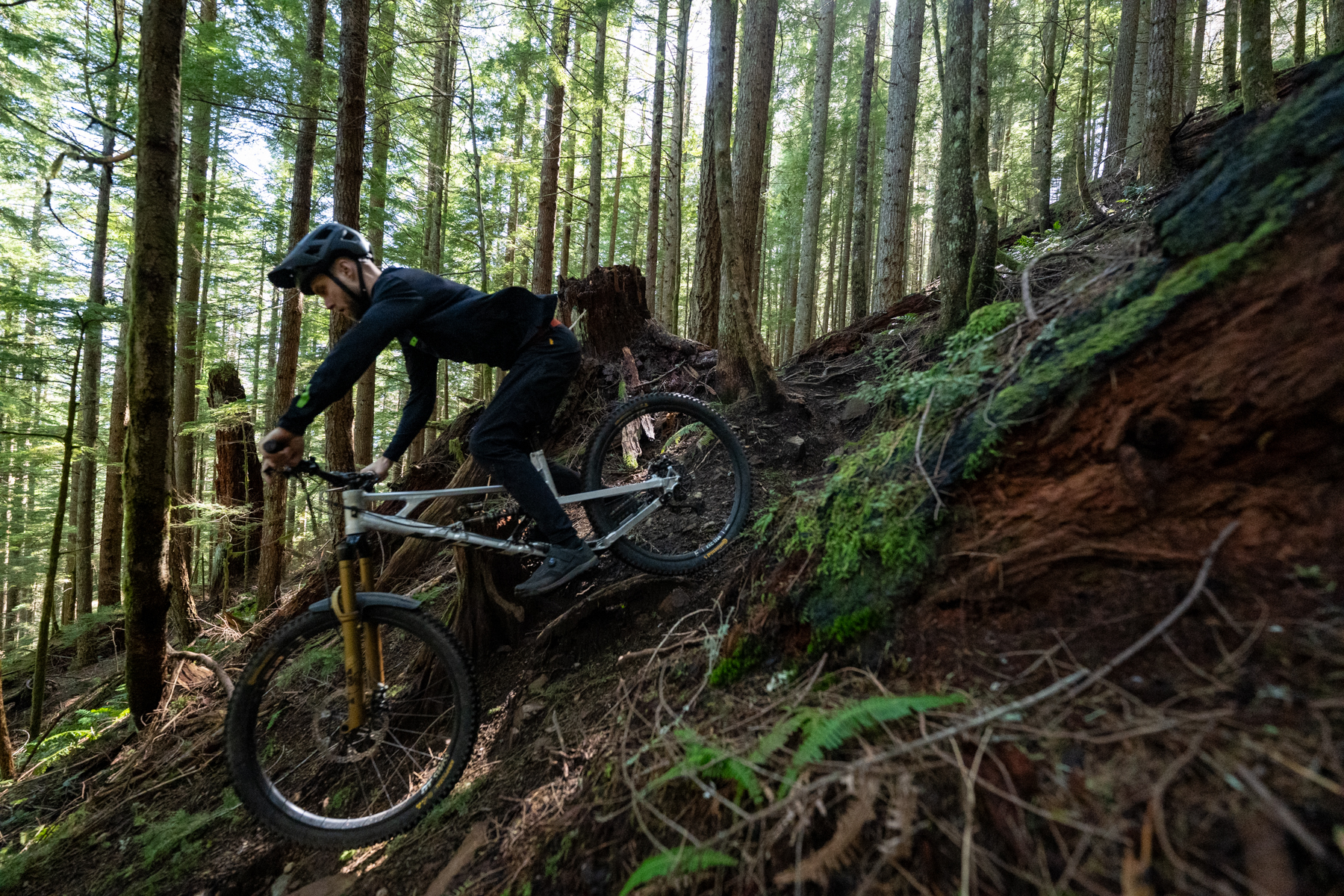
On-Trail Performance
There’s not much to say about the mechanics of the Switchgrade 2.0 Evo — it just works nicely. The lever is easy to use and offers great tactile feedback as it clicks into place; there’s no play to speak of when it’s latched into one of the three positions; and the whole unit moves smoothly and cleanly. Compared to the original Switchgrade, the Evo 2.0 slots into place more easily in the nose-up and nose-down positions — the original could take a little wiggle to find the latched position when you bumped it into the hard stop at its end of travel, but on the Evo 2.0 you can just tilt the seat until it stops and let go of the lever.
Now, a lot of folks are probably wondering why and under what circumstances you might want to change your seat angle — and my personal take on that has changed a little bit since I reviewed the original Switchgrade a few years ago.
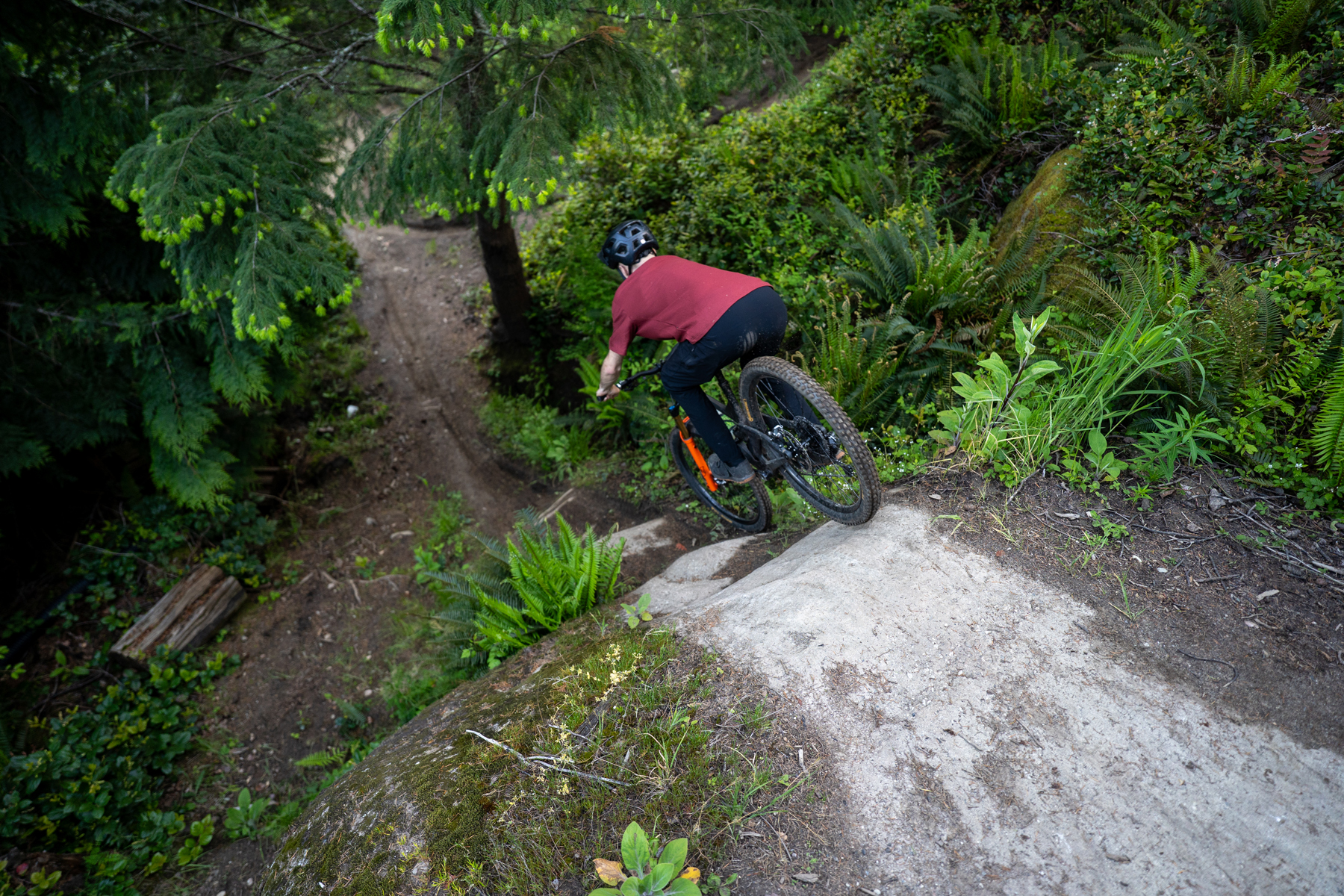
The thing that drew me to the original Switchgrade in the first place was the ability to run the seat nose up for descending without having to leave it there all the time, and that’s still the biggest reason I like the Switchgrade 2.0 Evo, too. There’s a reason most folks set their DH bikes up with the seat angled upward, and being able to do so on an Enduro or aggressive Trail bike that’s getting pedaled to the top is great.
Having the seat angled up for descending has a few benefits. The main one in my book is that it lets you drop the back of the seat lower for more clearance, while keeping the nose of the seat higher, in a position where you’re able to grip it between your knees or use it to brace against when desired. Just running a longer dropper post obviously adds clearance, too, but past a certain point, the nose of the seat winds up lower than I want it. The Switchgrade lets me have my cake and eat it too.
[Running a longer dropper post also isn’t always an option, of course. The Switchgrade adds a little stack height to the post, so there’s no free lunch there either, but it still can get the back of the seat lower than you can otherwise in some circumstances. For example, on my We Are One Arrival, the seatpost insertion is limited such that I can’t run a seatpost longer than a 210 mm OneUp V3, but there’s enough wiggle room that I can leave that 210 mm OneUp at full travel and still get a Switchgrade in there.]
The upsides are most pronounced in very steep terrain. If I’m not having to hang off the back of the bike so much, I don’t need as much clearance at the back of the seat, and I have less need to stabilize the bike using my knees on the nose of the seat. That said, I haven’t found any downsides to the nose-up position at any point while I’m standing up and descending, and you, of course, don’t need to move the Switchgrade to that position in terrain that doesn’t merit it.
Having the seat angled upward (even if the back edge is at about the same height) also means that you’re less likely to get caught on it due to the back edge forming less of a sharp corner, which is also nice.
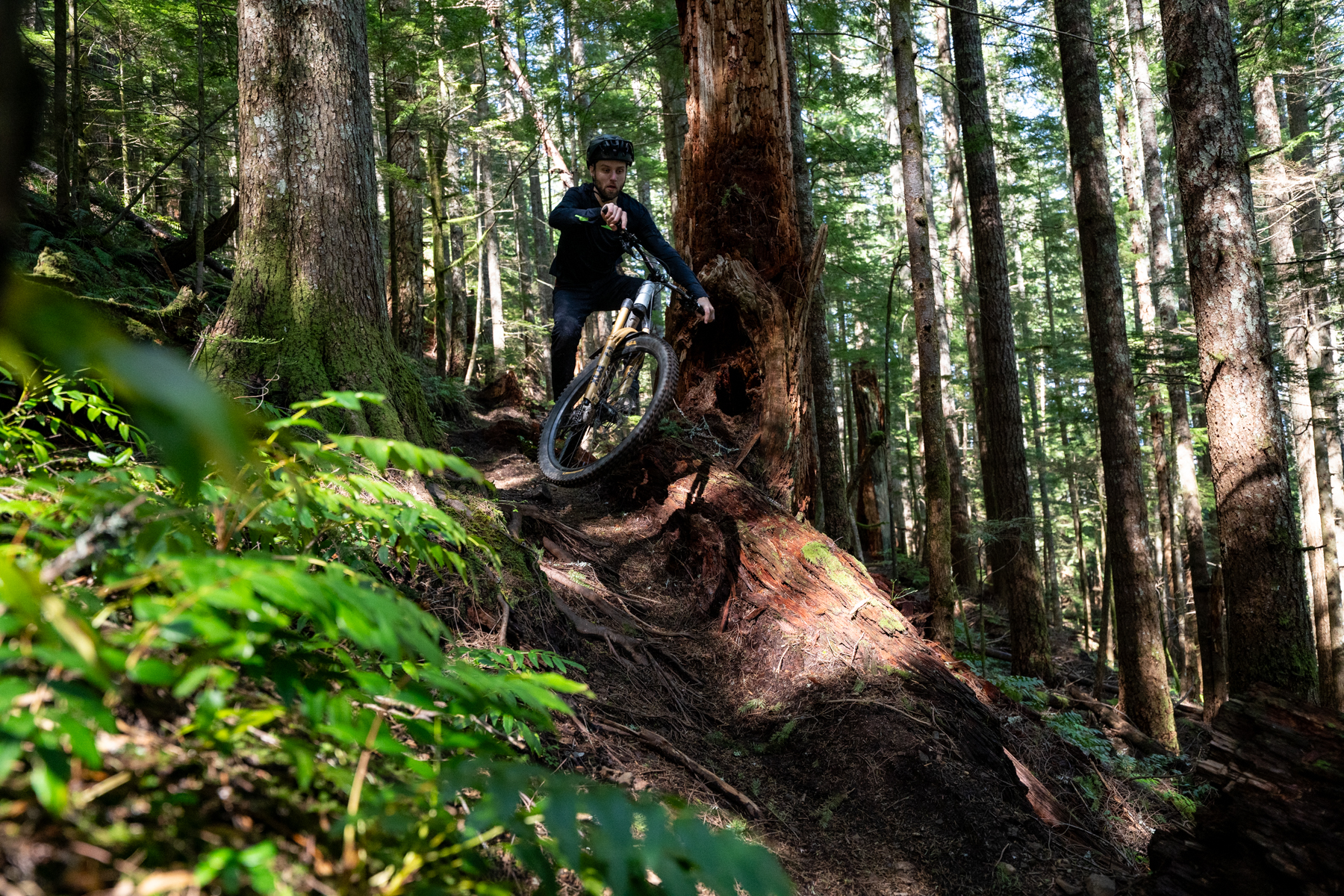
That’s all consistent with my experience on the original Switchgrade and carries over to the 2.0 Evo. What has changed a bit is my take on the nose-down climbing position — not because of any changes to the Switchgrade itself, but due to my evolving preferences on bike setup.
Back when I reviewed the original Switchgrade, I only found the nose-down position to be all that helpful on certain extremely steep climbs; now, I’m finding myself using it a lot more. I think the main reason is that I’m now running my bars quite a bit higher than I did a few years ago.
The upshot is that the more upright position I’ve gravitated toward (for descending reasons, enabled in large part by the rise of longer chainstays on more gravity-oriented bikes — check out my review of the Geometron G1 for a whole lot more on that) ends up putting more of my weight on the seat while climbing (and less on my hands). That, in turn, has me reaching for the nose-down position on the Switchgrade sooner than I tended to a while back. Dropping the nose puts more pressure through my sit bones and less on my perineum, which tends to be more comfortable. Folks who struggle with numbness or other discomfort on steeper climbs may find the Switchgrade to provide some needed relief on that front.
I suspect that the optional two-position configuration will appeal most to folks who want to make the Switchgrade 2.0 Evo as easy as possible to toggle on the move. You can, of course, still change positions on the fly with the three-position setting, but it takes a little finesse to drop it into the middle setting instead of overshooting and ending up at one extreme or the other. Limiting the Switchgrade 2.0 Evo to two positions takes care of that.
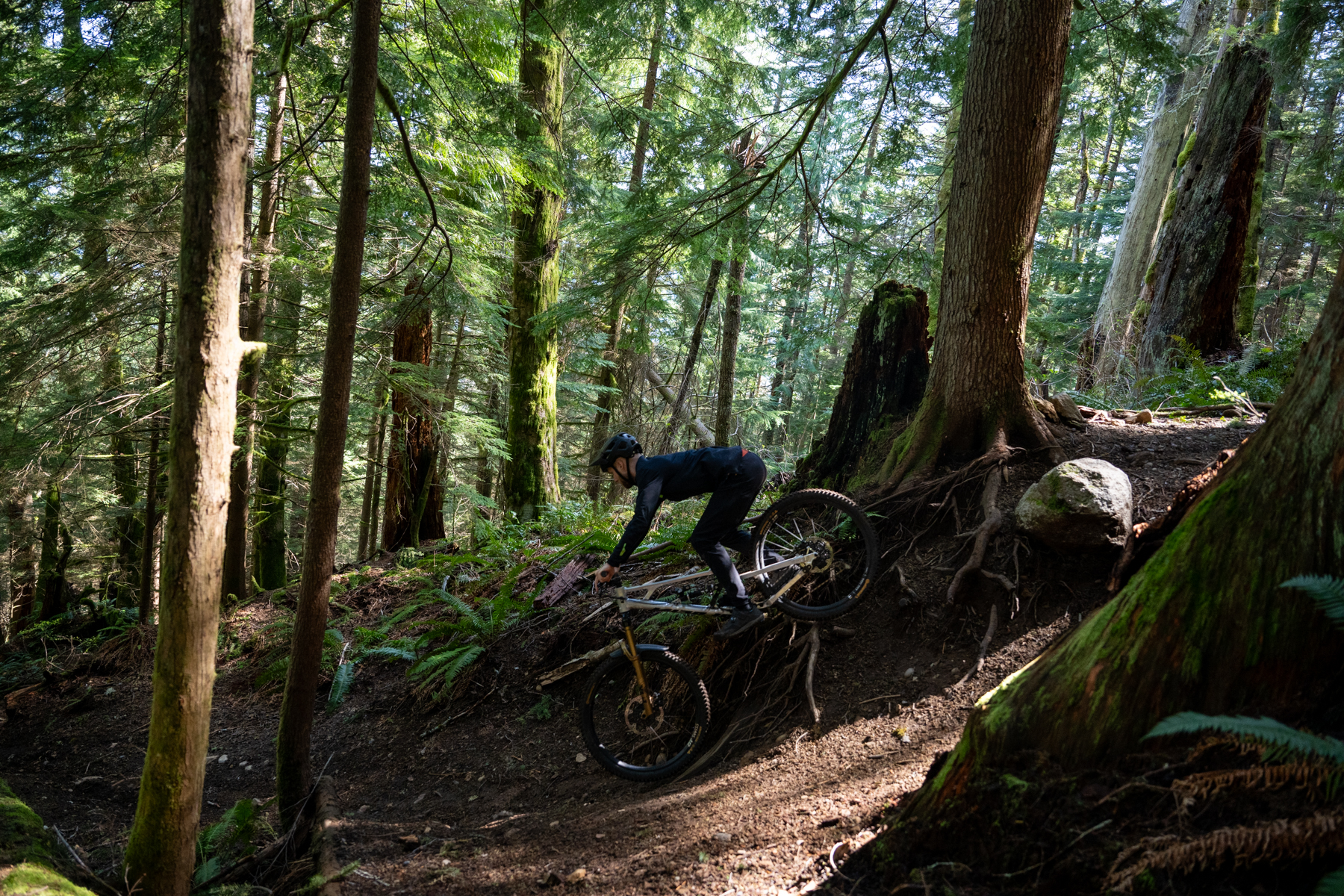
Bottom Line
The Switchgrade 2.0 Evo mostly does the same things as the original version, but it’s a nice refinement of that design. The 2.0 Evo is a little lighter, a bit cheaper, can be swapped between different models of seatpost more readily, and is smoother and more refined in its movement. The Switchgrade Evo 2.0 also adds oval rail compatibility and a two-position mode that some folks might find preferable to the standard three-position setup.
Mostly, the Switchgrade Evo 2.0 is just an effective way to make your seat angle adjustable, and that’s a genuinely useful thing for a number of reasons — improved comfort while climbing and more clearance while descending without dropping the nose of the seat so far that it’s no longer in a position to grip with your knees being the big ones in my book. I’ve now got Switchgrades on most of my personal bikes, and they’ve got permanent homes there.

This is a really interesting product. I’m glad they were able to reduce the price significantly. I hope that leads to better sales and more people trying this genuinely useful product. I’ve had the previous Switchgrade on my Santa Cruz Megatower for about a year. For my mostly winch-and-plummet style of riding, I keep my switchgrade in the nose down climbing position for all climbing. It helps a lot with my chronic low back pain and somewhat poor lumbar flexibility. I think a nose down saddle position makes sense for steep climbs and also generally for taller riders than run their saddle slightly or well above their handlebars. I have the middle position set up close to flat and use it only on occasion for short spells where I’m pedaling a slight downhill for a while but still need to pedal (e.g. traversing to a trail on a gravel road). For the descent, I tend to just put the saddle in the flat middle position because it gets the rear of the saddle out of my way enough (I run a 210mm dropper) and I’m still comfortable doing a short burst of seated pedaling in that position if needed (think enduro type trails rather than purely DH). I rarely use the fully nose-up position. Only on the steepest rowdiest trails where I know I won’t be sitting down at any point. I think it takes a bit of experimentation for each person to decide on the best setup.
Hey Brice,
Good thoughts, and I totally agree that how often it makes sense for a given rider to use the nose down / nose up modes will depend a lot on their preferences and the terrain that they’re riding. I hope that came through in the review.
Sure did! Excellent review as always.
Just thought I could add something as I’ve been on a version one for a few years now. I purchased it thinking nose up for descending would be the biggest benefit. How wrong I was. Sure it’s great but nose down on long steep climbs is a game changer. It puts your hips in more of a position to pedal and more forward over your knees. Now I won’t ride without it. Definitely consider it if you have nagging knee or hip discomfort from riding/steep climbs.
I just put the new Evo on my bike- a Rocky Instinct super-trail’d out weighing close to 35lbs. It’s amazing how much easier it climbs now, as that bike has a relatively slack STA.
I pulled the pin to convert it to 2 position- nose down and as flat as I could get it but with the hardware provided (thickest shim) I can’t quite get it flat in this setup so it’s prob a degree or two nose up in the flat setting, which feels really weird after I’ve been in it nose down for a stretch. Ideally they offer a trail 2 position so I can be true flat and perhaps slightly less nose down than 10 deg as that would broaden the range of nose down use. It’s not hard to change it, but the less the better until they offer a remote or a Flight Attendant sensor that automatically moves it!
I agree. I wish the flat and nose down positions weren’t so extremely different (10 degrees). Who knows, maybe 5-7 deg is the sweet spot.
I’m thinking 8. You get used to it and it’s fine to pedal on it nose down on short flat sections while climbing by just sliding your weight back onto the rear of the saddle… much less than 8 and I’d be questioning the need for it at all.